
A brief history of 'human animals': From the ruins of Peru to the Gaza genocide
One of the images that haunts modern Peru is that of stray dogs: caught, tortured, strangled, and hung from lampposts with twine.
In propaganda leaflets, the Shining Path insurgency — which waged war on the Peruvian peasantry and the state from 1980 until 1992 — noted that these dogs were meant to symbolise the “dogs who betrayed Mao.”
These reformist traitors — including Deng Xiaoping, Hu Yaobang and Zhao Ziyang — had apparently violated the fundamentals of brutal Maoism by de-collectivising agriculture, opening up China to foreign investment, and allowing free enterprise.
This anecdote was lost among Peruvians of my mother’s generation. Rather, the poor, bloodied mutts were, simply, meant to terrorise.
These images distorted the public space, warning of a sinister uprising that was intent on practising Andean-style voodoo and conducting massacres.
It’s almost shameful for a largely brown country to acknowledge such recent mutilations. They make us seem backwards, tribal, and frightening.
Most Peruvian parents don’t even speak about the Shining Path with their children, let alone mention the use of hanging dogs.
When I recently included the stories of how animals were abused by Sendero in my novel—the machine-gunning of llamas, setting cats on fire and letting them run through the fields, hanging dogs in the night—in addition to being sickened like any animal lover, I worried, slightly, about the image I was painting of my country.
This was a silly concern (and one that I ultimately dismissed), for literary fiction doesn’t have the power to override Peru’s culinary revolution, nor to surmount the global fascination with, say, Machu Picchu.
Clearly, despite all the turbulence, Peru’s nightmarish times — knock on wood— seem to have passed. But events in another part of the world recently reminded me of the Shining Path’s tactics.
The optics of terror
Over Christmas, well-armed Jewish settlers — illegally ensconced in Jerusalem — beheaded a donkey and stuck the animal’s head outside of a Muslim cemetery.
And no matter what fanatical religious justifications these settlers or their Western protectors could spew, it was apparent that this image was nothing more than a successful attempt at terrorising Palestinians. The mutilation of the noble animal was meant as a warning of more theft, more pogroms, and more ethnic cleansing.
Is the maiming, murder and display of furry animals only deployed against the likes of Peruvians in the 1980s, or Palestinians in the present day? Are such tactics reserved for difficult lands, embattled people, third worlders? Do we have to be ashamed to speak about how we are tormented?
Maybe not. I spent almost half of my life in Canada, a model of condescending, liberal tolerance. It’s a country that is as pacified and wealthy as you can come across.
And yet, despite all of the generous federal subsidies, thousands of white Canadian recreational hunters — owners of good trucks, good boots and good equipment, blessed by Parliament and the courts — trek around the East Coast, bludgeoning and hooking baby seals to death.
To make a living? Hardly. Most markets have shut their doors to seal fur. And the smiling, pink selfies on Facebook, or amateur videos of Newfoundlanders gleefully dragging around a semi-conscious seal bleeding out over the snow, will tell you that this ritual is not for profit: it is for fun. Just like the coyote hunt in Idaho, where grinning locals hold competitions about who can stack more bodies.
Mangy, hungry, thin — barely bigger than my dog, who passed away, or my cat, who now accompanies me as I write — used as entertainment, displayed with joy.
Maybe these pictures aren’t meant to terrorise, but they certainly aren’t meant to show anything good about people. I would argue that they show the worst of us. And isn’t that frightening enough?
The images of terror that make use of two-legged bodies — be it the alleged snitches strung up by the cartels in Mexico, the human pyramids at US bases in Iraq, or the blindfolded, stripped surgeons in Gaza — have never stopped being painted.
We’ve become accustomed to them; they barely make the news anymore. But this delight in unleashing horror on four-legged animals, turning them into performance art… I was once naive enough to have thought that this didn’t happen everywhere.
This was supposed to have been from a brief period in the past, exhibits best left undisplayed. But no, the artists are still with us. Our Earth is their canvas. And we, the vanquished people, are the human animals.
Well before these images were easily accessible and retrievable on our computers and phones, Peru’s greatest novelist — Mario Vargas Llosa — took an unpaid commission from the government to preside over an investigation in the isolated village of Uchuraccay, located in the southern region of Ayacucho.
It was 1983, just a few years into the Shining Path’s insurgency. A group of journalists from Lima had been lynched by the Quechua-speaking residents, who mistook them for terrucos.
Considering the massacres that their relatives had been subjected to — and keeping in mind that soldiers had warned them to be on the lookout for outsiders — it was an understandable mistake.
But what made the news wasn’t just that coastal members of the press had been killed: it was that their eyes had been gouged out — to prevent their souls from being able to identify the killers — and that they were buried face down so that they could reach hell as quickly as possible.
Since the victims were men and not dogs, these grotesque images were prohibited from being published — a restriction that was actually possible to enforce in the world of yesterday — and it was up to Vargas Llosa to carefully describe them to the population with the use of only words, via press releases, articles, interviews, and essays.
Did this blunt the national shock? Or perhaps it was even more chilling for Peruvians to simply read about the events, rather than be bombarded with them?
In any case, despite the master storyteller’s recounting of what had occurred, nothing fundamentally changed. The terrorism would continue for another decade, with villagers and soldiers operating in darkness, sometimes indiscriminately.
Nowadays, we’re able to see the shallow graves dug by Israeli and Saudi bulldozers in almost real-time. Nothing about these crimes is particularly original, except for one key difference: historical revisionism is far more challenging to implement when everyone is armed with a camera, and when satellites are hovering overhead. The archive is alive.
And if the archive is truly alive, do we need acclaimed novelists to visit the sites of massacres, pen reports, and detail the mutilations?
Images already had incredible power over us before social media, but now, we live in a veritable dictatorship of images… a regime that Jonathan Franzen warned us about when he wrote the essay Perchance to Dream: In the Age of Images, a Reason to Write Novels (1996).
Is there still a reason when, after all the history that humanity has read and all the empathy-inducing novels that have been published, it’s impossible to get supposedly “enlightened” countries — led by presidents and prime ministers who brag about their reading lists — to stop dropping dumb bombs on kindergartens and animal shelters?
Over the last six months, tens of millions of young people around the world have been exposed to the photographs captured by Motaz Azaiza.
As an entire society is annihilated, freelance Palestinian journalists have uploaded footage of everything, from scholasticide to auditory torture. The resulting global protests for Gaza — fuelled by the pictures and sounds of injustice — conceivably demonstrate how the tyranny that images impose over text isn’t always necessarily negative.
Abandoning text can even be a way to reduce harm. In her resignation letter from The New York Times, Anne Boyer admitted that she could no longer write about poetry “amidst the ‘reasonable’ tones of those who aim to acclimatise us to this unreasonable suffering.”
She expressed disgust with the “ghoulish euphemisms” and “verbally sanitised hellscapes” that America’s largest corporate outlet prints to cover up the genocide of the Palestinian people.
When you flip through most major global newspapers, you quickly realise that the owners have often invented carefully curated stories. Fiction cannot compete with an empire of lies.
So maybe images — unaltered ones, at least — are more important, after all. Maybe they’re more undeniable; maybe they say more.
When I write about hanging dogs, burning cats, machine-gunned llamas — set in a country that most people cannot picture in their mind’s eyes, in a time that has little relevance in a world that hums to the sound of drones — it’s very possible that I’m clinging to a dead language.
Still, I find that — if you have the freedom, peace, and resources to do so — there’s a great deal of comfort to be found by staying inside, avoiding the performance, reading, and writing. There’s something too real about those images.
With words, I can exert control: I can censor, I can create distance, I can invent, I can build from the safety of my mind. I can enjoy a well-crafted phrase, even if it contains nothing, means nothing. As I cowardly escape a vivid present, this dead language soothes me.
Avik Jain Chatlani is a historian by training. He has taught in schools and prisons in Latin America and the United States. This country is no longer yours is his debut novel.
Have questions or comments? Email us at: editorial-english@newarab.com
Opinions expressed in this article remain those of the author and do not necessarily represent those of The New Arab, its editorial board or staff.
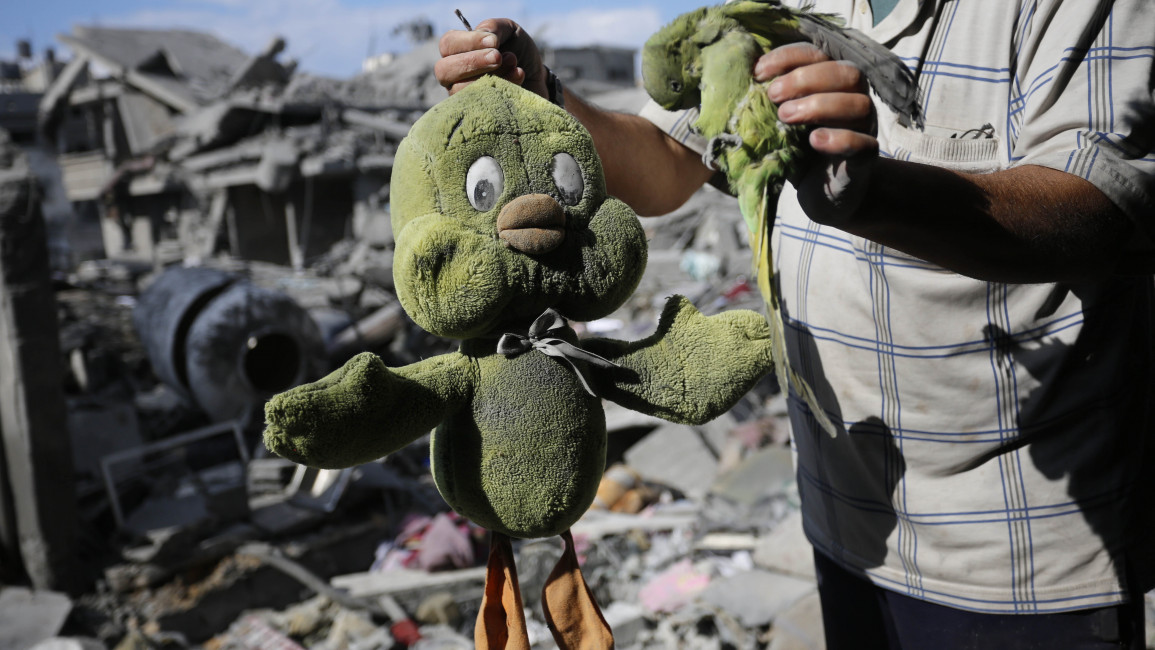
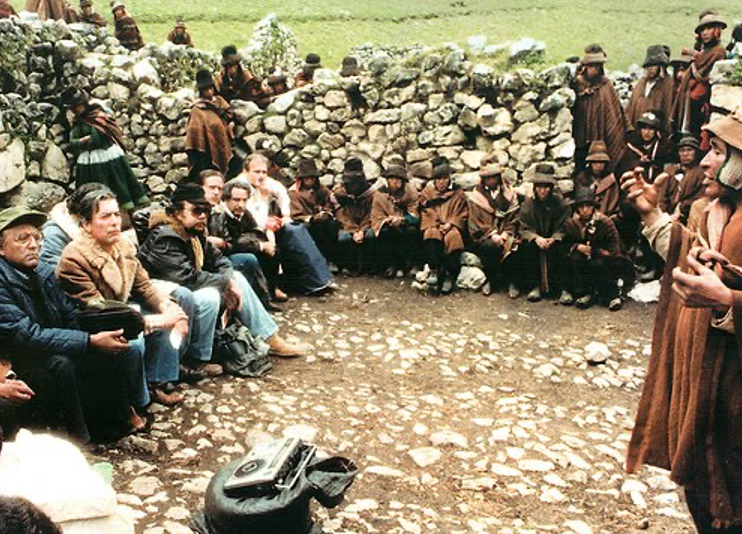
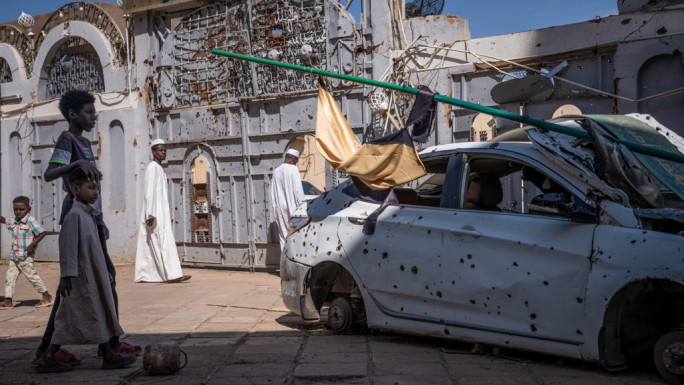
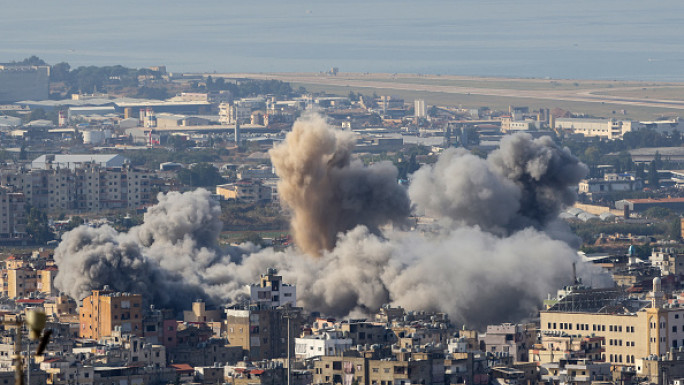
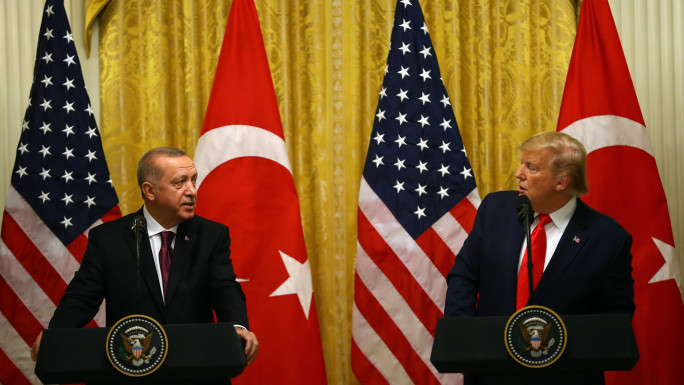
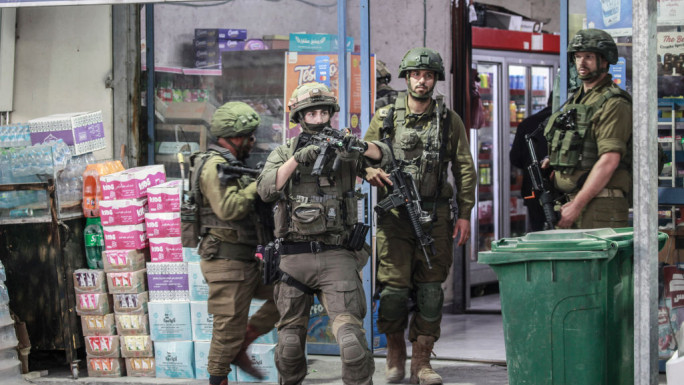


 Follow the Middle East's top stories in English at The New Arab on Google News
Follow the Middle East's top stories in English at The New Arab on Google News


